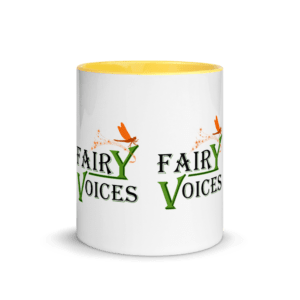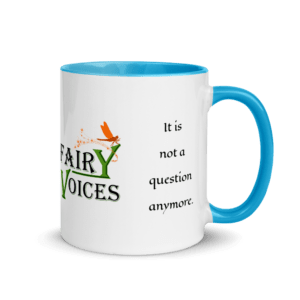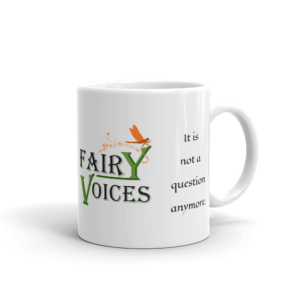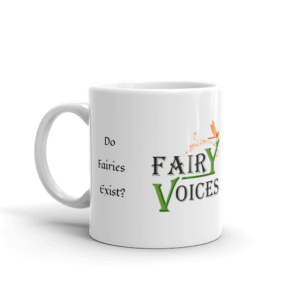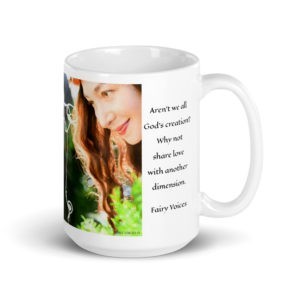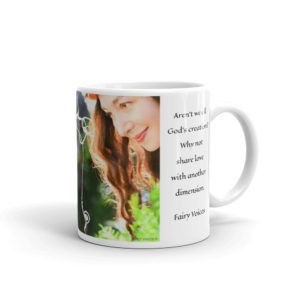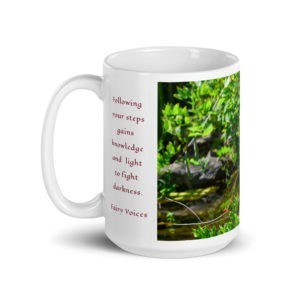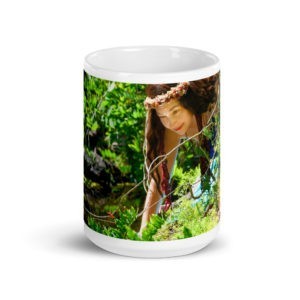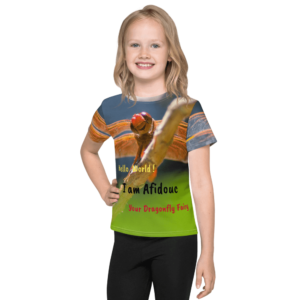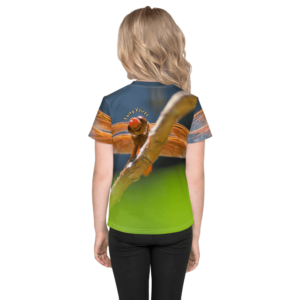What is a Muse?
What is a muse? Discover how this amazing inspiration behind the creativity works.
Do you wonder what the common inspiration behind Nikola Tesla, Swiss physician, Paracelsus, and many more is? What is a muse, always shining behind the creativity?
If you’ve ever wondered, ”what is a muse?” you may have found many different answers, such as “the inspiration behind a creation.” But the answer we’ve come to know is simply… a fairy.
A muse is defined by the Cambridge Academic Content Dictionary © (Cambridge University Press) as a person or an imaginary being or force that gives someone ideas and helps them to write, paint, or make music.

“I have been feeding pigeons, thousands of them for years. But there was one, a beautiful bird, pure white with light grey tips on its wings; that one was different. It was a female. I had only to wish and call her, and she would come flying to me. I loved that pigeon as a man loves a woman, and she loved me. As long as I had her, there was a purpose to my life.” ~Nikola Tesla
What is a Muse? Answers from Long Ago & Now
At Fairy Voices, we truly believe that definition above. But, we will go one step further and underline them as energy beings instead of imaginary beings. It’s also important to add that not only do they assist us with art, but a muse also helps to create inventions.
If we look back to ancient Greek mythology, muses were said to be the inspirational goddesses of literature, art and science.
Muses were also referred to as water nymphs. They had been born into being after Pegasus, the winged horse, had been given to the muses on Mount Helicon. Pegasus struck his hoof on the ground to create a spring, which was named Hippocrene (Horse Spring). That scared spring on Mount Helicon was thereafter considered a source of creative inspiration.
Could it be Inspiration From a Muse?
For many centuries, fairies were recognized by human beings as the inspiration behind our creations. Over time, however, they were pushed away and locked in “fairytales.”
But did that stop them? Not at all!
Their unique creations remain as strong evidence and their magic-touched art is still recognized as classics. Paintings, children’s stories, poems, and much more were created with no credit to the muse but only to the human who received the inspiration.
Here are just a few famous names to demonstrate this point:
- Edmund Dulac, French illustrator
- Edward Robert Hughes, English painter
- William Blake, English painter and poet
- Richard Dadd, English painter of the Victorian era
- Richard “Dickie” Doyle, Children’s literature illustrator of the Victorian era
- Sir Joseph Noel Paton, Scottish artist, illustrator, sculptor, and poet
- Warwick Goble, English illustrator of children’s books
- Josephine Wall, English fantasy artist and sculptor
- Arthur Rackham, English book illustrator
- Brian Froud, English fantasy illustrator
- Cicely Mary Barker, English illustrator best known for a series of fantasy illustrations depicting fairies and flowers
- Hans Christian Andersen, Danish author
- Sir James Matthew Barrie, Creator of Peter Pan, Scottish novelist and playwright
- Lewis Carroll, World-famous English children’s fiction writer
- J.R.R. Tolkien and C.S. Lewis, English children’s fantasy novel writers and poets
- J.K. Rowling, Author of the magical Harry Potter series
How did these individuals get so creative? Did they ever realize that they were getting help? Some probably felt it, and some didn’t.

The Swiss alchemist and physician Paracelsus (1493-1541), the “Alchemist Who Wed Medicine to Magic”
Nazan’s Experience With a Muse
Nazan Saatci starts this argument on the strength of her own experience:
“Everything started on that special Sunday morning. A voice whispered the words “Blue Princess” into my ear. It was in a moment when I had just woken from sleep but wasn’t quite ready to open my eyes. With this voice, I was suddenly startled and promptly got up. There was no one else around; I was alone in the room. I felt almost enchanted, and I certainly was mesmerized.
What could Blue Princess be? In the days that followed, whenever I thought of the phrase Blue Princess, rhyming verses came out of nowhere. They spilled from my lips on their own accord in English (which is not my native language), and both surprised and guided me in this experience.
Three days later, I found myself sitting at my desk, writing “The Blue Princess.” And in the following six months—without knowing what I was writing, calculating the end of the story or the characters, I just wrote.
That was amazing, but hearing fairies’ chimes was the best experience. Hearing the fairies’ voices and having their friendship offered me abundance beyond belief. In 2020 after eleven years of on and off communication with Fairy Realm, we established the Fairy Voices organization to be their voice.
The miracles of the Blue Princess also didn’t end there. My search for an artist to illustrate the book took about a year, and regardless of how hard I tried, it turned out it wasn’t my lot to agree with anyone. As someone who cannot even draw stick figures, one way or another, I drew forty illustrations within three months out of necessity. I was seeing the characters on the ceiling of the house, and from then on had no difficulties drawing them.”
Examples of People Who Were Touched by a Muse
Now, you can ask if this type of experience is limited to art alone. Absolutely not! Inventions were and still are included as well.
Fairies are the inspiration behind every type of creation.
Nikola Tesla
Some scientists tried to explain their feelings about this type of phenomena. Indeed, Nikola Tesla is a good example. Tesla had a deep connection with a white pigeon which used to visit him every day. He had this to say to a reporter:
“I have been feeding pigeons, thousands of them for years. But there was one, a beautiful bird, pure white with light grey tips on its wings; that one was different. It was a female. I had only to wish and call her, and she would come flying to me. I loved that pigeon as a man loves a woman, and she loved me. As long as I had her, there was a purpose to my life.”
Paracelsus
Here is another important conclusion from Swiss physician, alchemist, and astrologer, Paracelsus, who lived during the German Renaissance in the fifteenth century.
He is known to have established the importance of chemistry in the field of medicine, and for using unconventional cures to treat patients. In addition, he invented chemical remedies that involved mercury, iron, sulfur, and copper sulfate.
Why do we mention Paracelsus? Because he also described four nature elemental beings, each corresponding to one of the four elements.
According to him, sylphs are an air spirit, an invisible being of the air. In the same way, undines (mermaids) are water spirits, salamanders are fire, and gnomes are Earth.
Now, to catch the inspiration behind his invention about his chemical remedies, you only have to read one of his quotes, and it will tell you a lot:
“The art of healing comes from nature, not from the physician. Therefore, the physician must start from nature, with an open mind.”
 Midsummer Eve, Edward Robert Huge
Midsummer Eve, Edward Robert Huge
English painter, Edward Robert Hughes (November 5, 1851 – April 23, 1914) was an English painter who worked prominently in water colors, but also produced a number of significant oil paintings.


Brian Froud is an English fantasy illustrator (born on May 6, 1947) in Winchester, United Kingdom. He is most widely known for his 1978 book Faeries with Alan Lee.
The Answer to “What is a Muse?” is “a Fairy”
Hopefully, Fairy Voices can open your mind. “What is a muse?” is not a question anymore. You should all know now that if you are in a creative mood, there is a muse from nature – a nymph, an energy being, a fairy – close by and ready to inspire you.
Fairies are the inspiration behind the creativity. Faeries are also guardians of nature. On this website, we are trying to deliver their messages with hundreds of video and audio recordings.
Please stop and read for a while, watch them carefully, and try to understand this phenomenon so that you can be part of this important awareness.”


